01.05.15
Piecing together the Reading puzzle
Rob Mashford, Network Rail’s manager for track at Reading; Phil Edwards, track engineering manager at Carillion; and Michael Garton, senior project manager at Siemens, talk to RTM about completing the penultimate phase of the Reading Station Area Redevelopment Project at Easter.
Seven years in the making, the £850m Reading Station Area Redevelopment Project is fast nearing completion, with the penultimate phase of work carried out during a significant 10-day Easter blockade.
That work involved the commissioning of new tracks west of Reading station, eliminating conflicts with passenger and freight services from the Basingstoke and Newbury lines. Significant signalling work was completed, and the new Festival Line has been opened, easing congestion between services from the Midlands to Reading and the South Coast, and those on the Great Western Main Line (GWML).
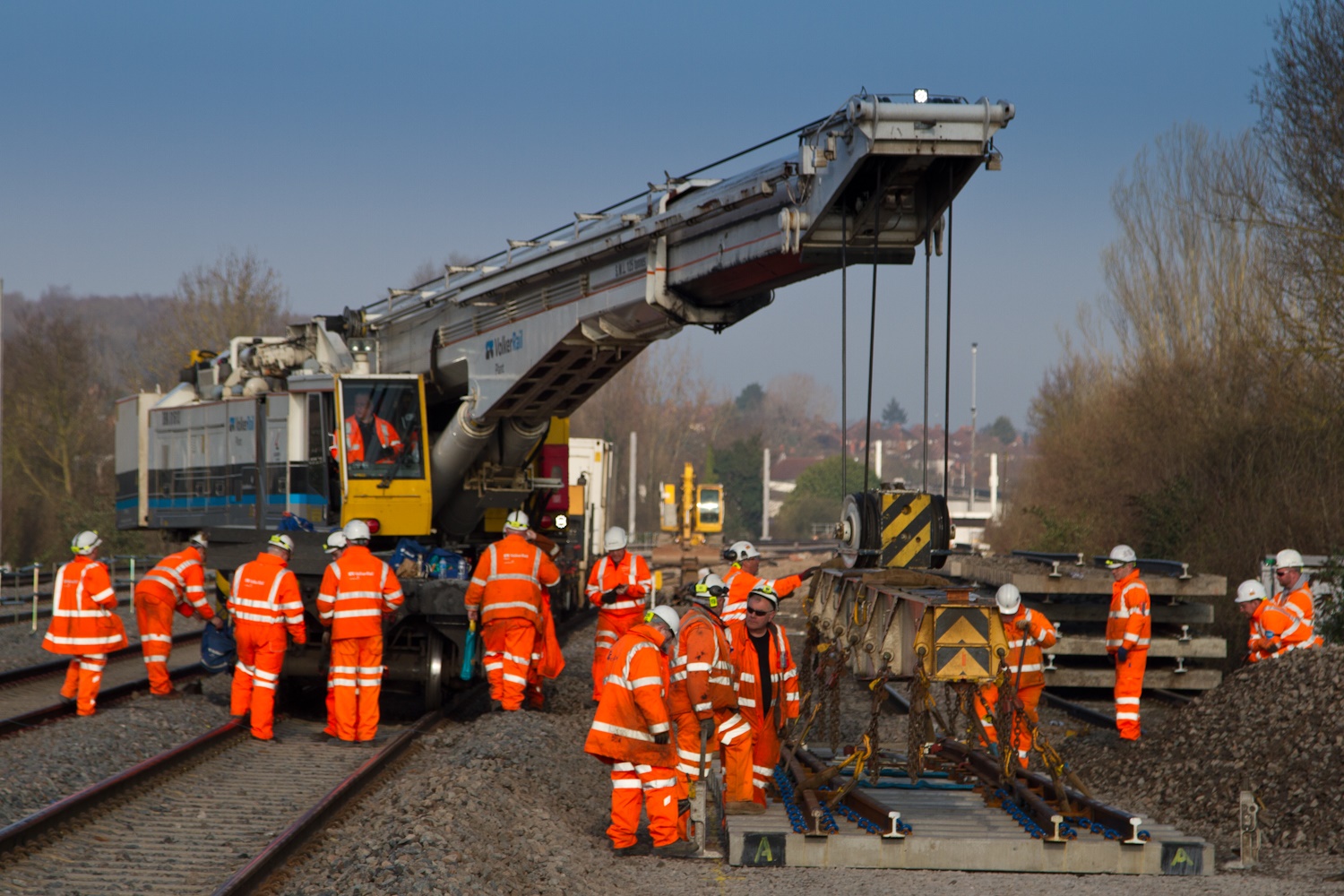
Rob Mashford, Network Rail’s manager for track on Reading, who has been working on the project since 2008, told us: “We had quite a lot of work between Christmas and Easter where we were preparing new tracks – the new feeder lines, which have been installed from Oxford Road Junction up through to the station through the ‘old triangle’ where the First Great Western (FGW) depot was.
“We’ve also re-modelled Reading West Junction, which was quite a lot of work that happened prior to Easter, and the culmination during the blockade was where we re-aligned all the tracks and installed the final S&C case. There were six S&C units installed prior to Easter and a further one at Easter. Those were all commissioned at Easter.”
This work was key to free up the bottleneck at Reading, catering for longer freight trains without locking up Reading West Junction.
Overall, the Network Rail track team, alongside contractor Carillion, have laid approximately 35km of plain line track and 135 S&C units during the project. “For us this has been the big project, and now 99.9% of the track is in the ground,” added Mashford.
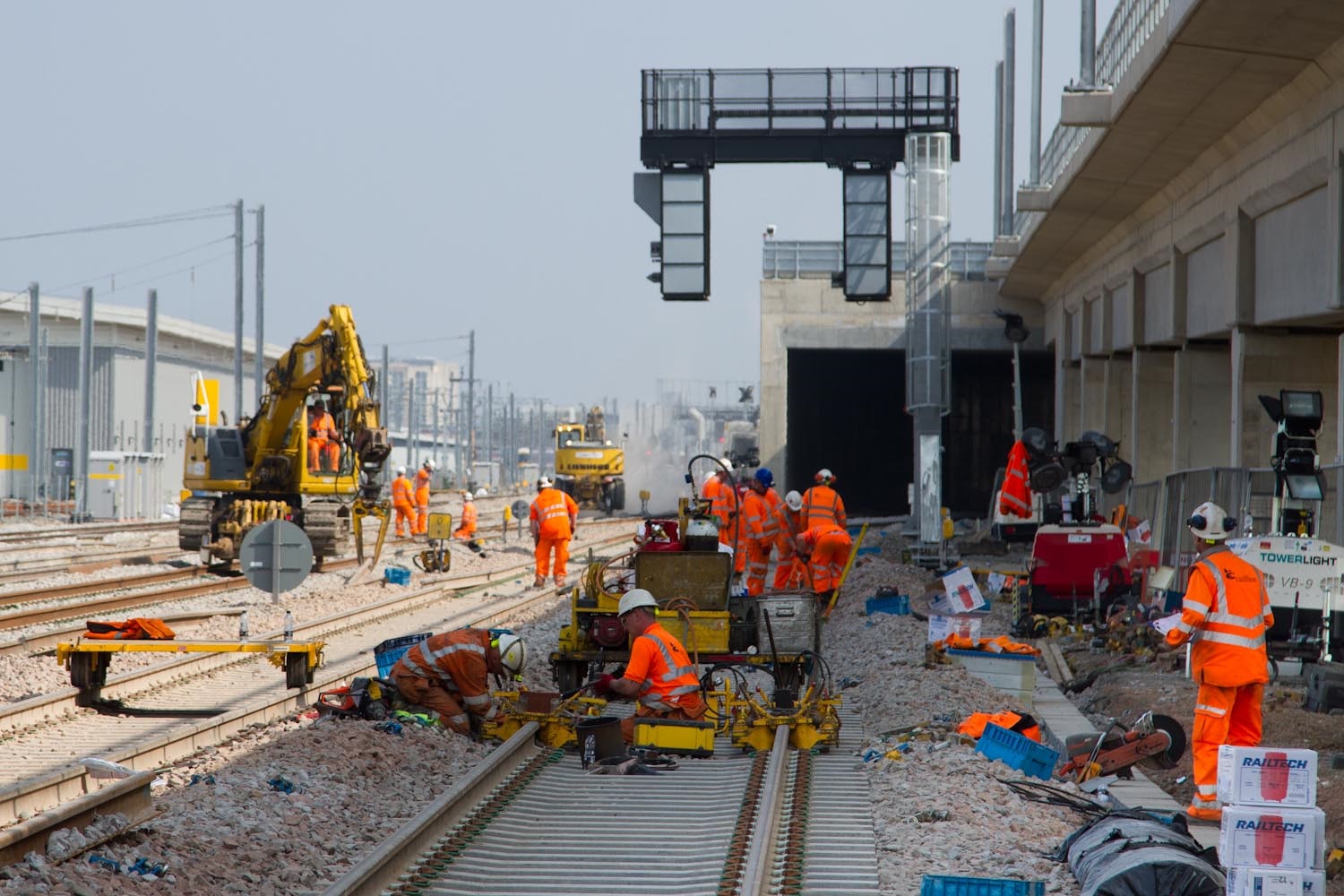
Based around a core of new platforms for GWML services, the Reading scheme included five new platforms and platform extensions for 12-car London Waterloo line services, a north entrance, transfer bridge and track work within the main station area, as well as a major capacity enhancement through grade separation at Reading West Junction and the re-instatement of the east end dive-under.
A new train maintenance depot to the west of the station replaces the existing depots, which have been demolished to accommodate the new track layout.
Michael Garton, senior project manager at Siemens, said that to go from the very old station layout to what it is now has been a massive achievement.
“Where the new lines now go through the new platforms 12 to 15, back in 2008 it used to be the old signal box, and effectively we de-commissioned the signal box and transferred all the signalling control to Thames Valley Signalling Centre in Didcot, putting it onto the latest technology,” he said.
“That enabled everything to be demolished to create the footprint for the new layout. Two years ago we commissioned Stage F, which saw the introduction of the new station and new platforms. There was a lot of recognition, at that time, that this was a major achievement. This has then been carried on for the last two years.”
Another senior member of the team at Reading, Phil Edwards, track engineering manager at Carillion, said that as Easter was the last major commissioning, it was always going to be one of the hardest jobs.
“Because Easter was early this year, the actual amount of work that took place from finishing at Christmas to Easter was quite exceptional,” he said.
“The Festival Line is connected to where we finished at Christmas and then we picked up from where the Oxford Road Junction layouts were put in at Christmas 2013. We also laid the feeder lines all the way to units that we put in during 2012. So this was the final piece of the jigsaw, really.”
Mashford added that the work has been highly complex, delivered in a small area. Integration was “absolutely key” to the success of the project.
Track formation issues
“Also, with all eyes on us and every other project [following the engineering over-runs on other projects at Christmas] we had to make sure we had this one absolutely nailed,” said Mashford. “But unlike some of the other projects, we’ve been really good at contingency planning and making sure we have every angle covered.
“Overall on the Reading and Thames Valley area works we had about 400 people out working over the Easter period. It involved a lot of logistics in accommodating and feeding these people while keeping them motivated. That is probably one of the big things we found at Christmas and again at Easter: the morale of the guys on-site has been great.”
Prior to starting the final track laying at Easter, Mashford said there had been some issues with soft track formation. “We had to do some dig-out work, which we weren’t expecting to have to do,” he said. “The formation was quite soft and we had to dig that out, which delayed us by a couple of weeks. We had to take out a 1.5m depth of earthwork and backfill that with a capping layer.
“That was a challenge. Fortunately we were ahead on laying the track on the new feeder lines, so we had that float in the programme to allow us to do this additional work.”
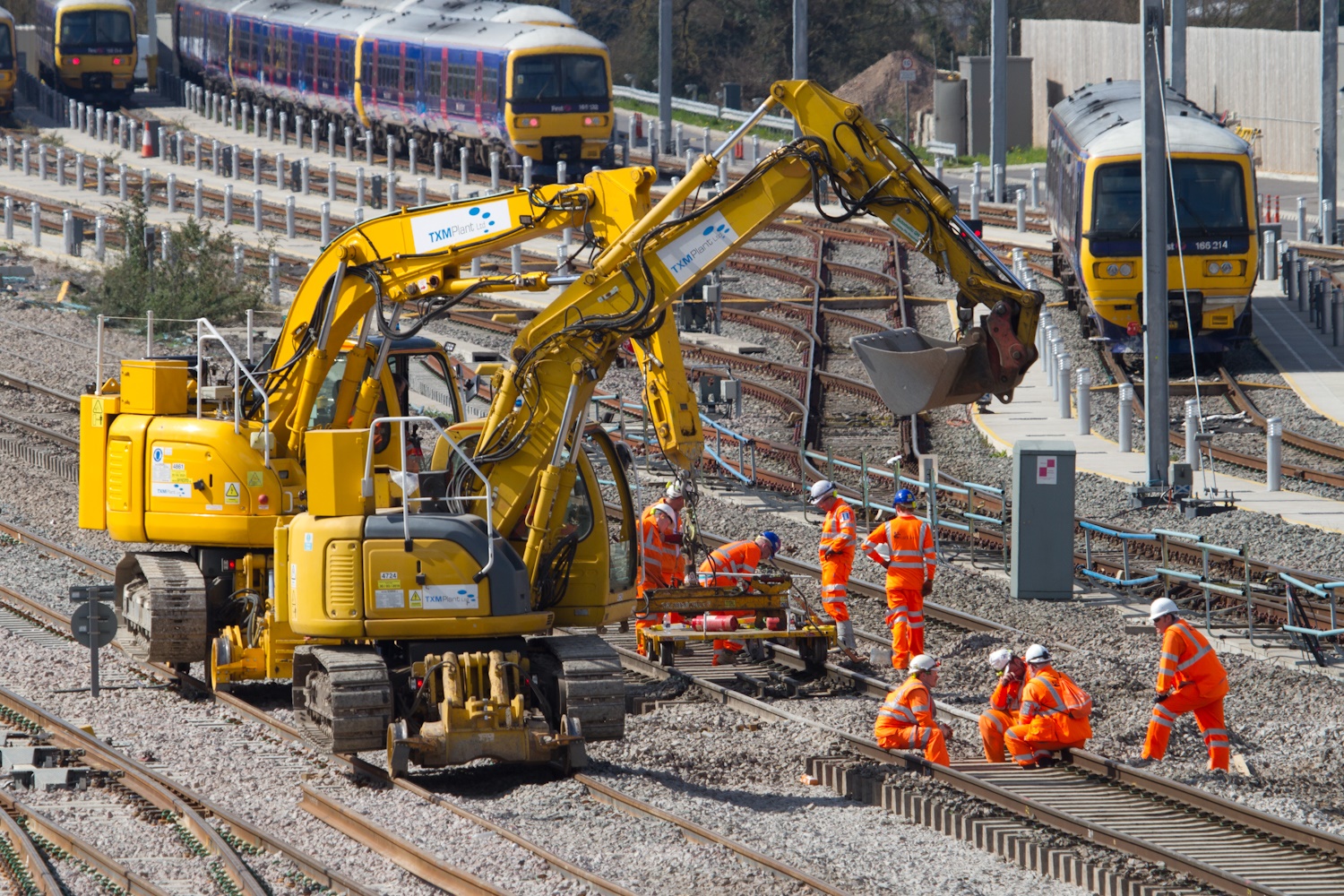
He added that one of the things Network Rail has done – right from the tender stage – is have core ‘gangs’ onsite.
“Whereas a lot of projects just use ‘weekend warriors’ – from labour agencies – we’ve insisted on having a core gang here throughout the week,” said Mashford. “We now have three core gangs and they are the bread and butter of what we do. They know what we require of them and what we do from a safety and delivery point of view. That has been absolutely critical.”
They have been working in a built-up area, so there have been issues with the land and geography. “The formation has been built up very solidly from old British Rail days and beyond,” he said. “Where we started encroaching onto new land, especially for the feeder and Festival lines, and also building a big structure like the flyover, it takes existing land to do all the formation works and this is where issues arise.”
Edwards noted that just before Easter, confusion among the civils team as to where new track was to be laid led to some track formation issues, which had to be dug-down and brought back up from foundation.
Mashford noted that one of the biggest overall challenges has been integration. “It is something we’ve done well but it is very difficult when you have so many contractors. Like with signalling, we are operationally biased in terms of running trains – whereas civils contractors don’t tend to see that quite so readily,” he said. “We have weekly meetings with the civils teams, sometimes twice a week, and all the daily interactions. We are literally working on top of each other in these areas but we have needed to keep the work separate.”
With regards to track works, there are a few final pieces of work to finish before September.
“We put in a temporary S&C junction at the west end of the site, so we have to recover the remainder of that over the next few weeks and bring into use the final west depot run round road, which has been out of use since the depot was commissioned a couple of years ago,” said Mashford.“But now we have done Reading West Junction, that frees up the space to ensure that final road is commissioned.” This final piece of work is to be commissioned in June/July, and is still on track.
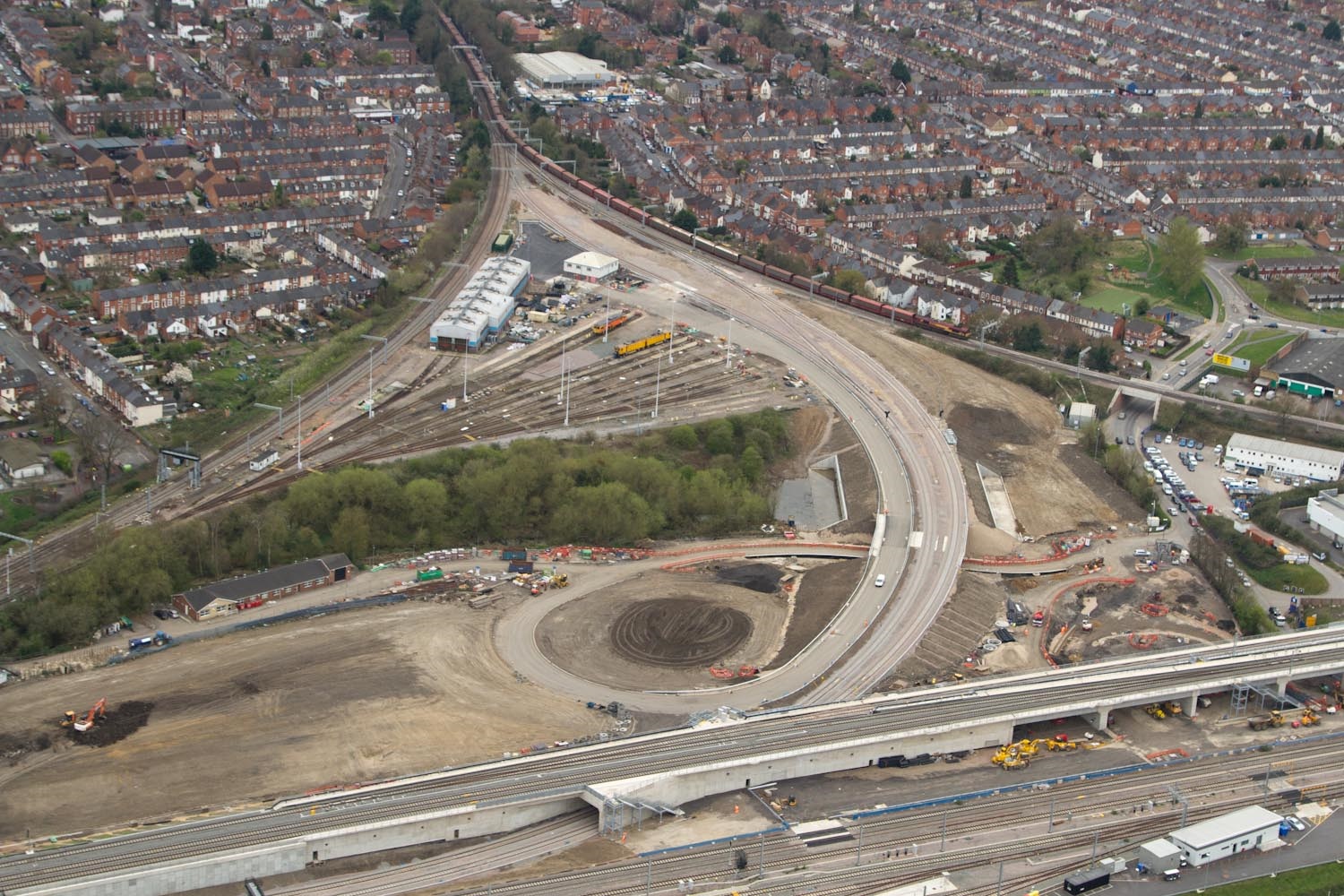
Signalling
RTM was told by Network Rail that throughout the Easter work, one of the biggest challenges was commissioning the miles of new signalling equipment through to the Thames Valley signalling centre.
Michael Garton, senior project manager at Siemens, said the team managed to resignal and commission 25 miles of four-track railway over the 10-day blockade, from Moreton near Didcot all the way through to Ruscombe just short of Maidenhead.
They commissioned five new re-locatable equipment buildings (REBs), 131 new location cases, 110 signals, 239 axle counters, 114 TPWS (Train Protection & Warning System) units, 57 ATP (automatic train protection) units and 405 miles of new cable.
“With the way the 10 days were set up, we completed approximately 70% of the scope in the first four days over the Easter weekend. We then handed back over half of the layout to Network Rail and FGW to run trains. We retained the final 30%,” said Garton.
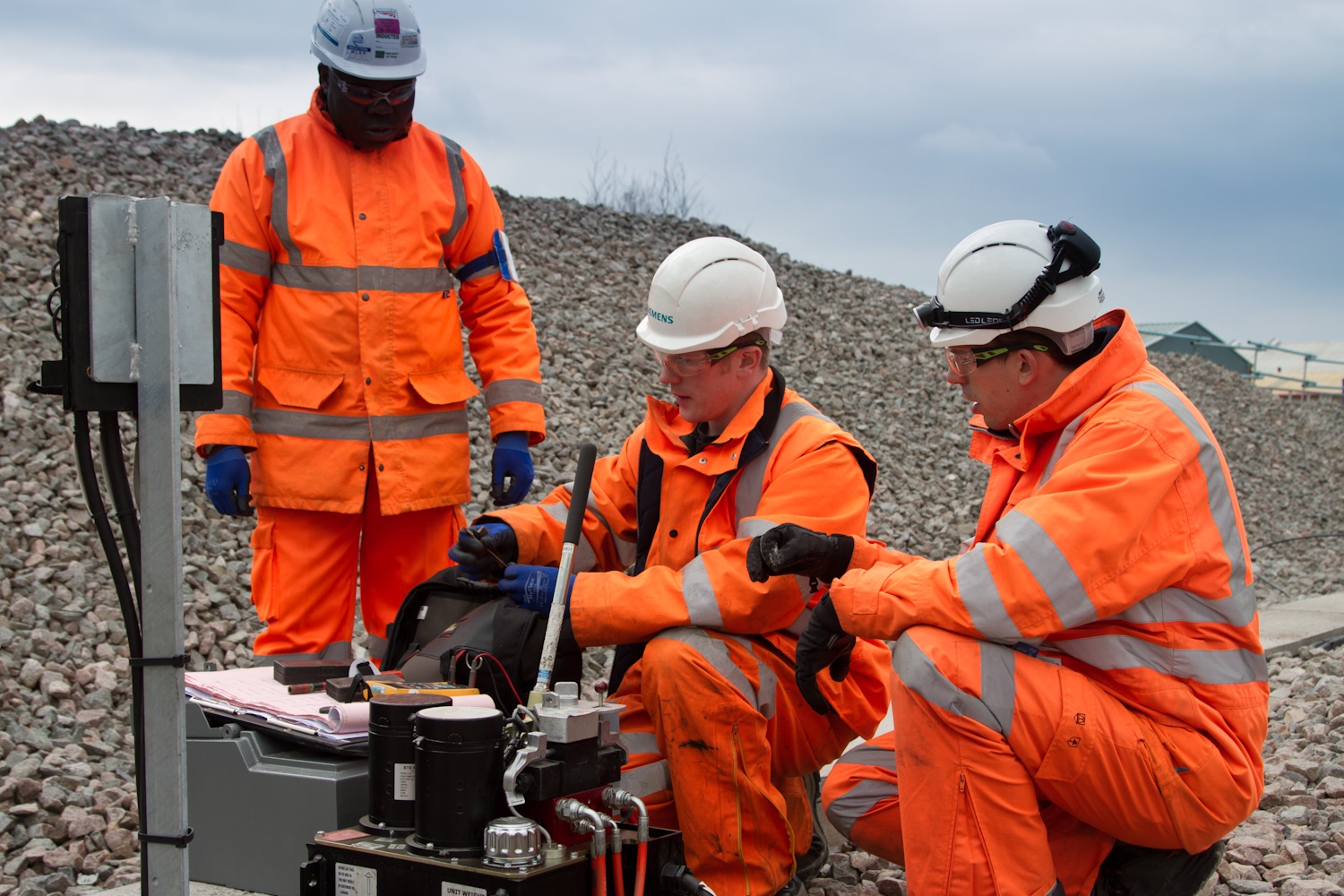
For most of the project’s life, the scope has only covered a four-mile section spanning either side of Reading station. “But we extended our scope about 18 months ago to go a further 10 miles east and 10 miles west, which is what we refer to as RORI (Reading Outer Relock and Immunisation project),” he said.
“It became quite a different challenge, compared to working in the four-mile area of Reading where we were dealing with the other project partners day-in, day-out, with the same access points, egress and welfare.”
Access was “tricky”, especially with so many embankments and cuttings.
The assets in situ while Siemens was doing its installation and pre-testing were 40 to 50 years old. “We had to work in a very safe, careful and methodical way to ensure we didn’t interfere with the existing assets,” said Garton.
“However, the work progressed very successfully and to plan, and the challenge was planned for in the fact that we had circa 300 people per day working. We worked a day and a night shift with around 150 per shift. The challenge then was managing those guys – getting the teams deployed in a timely manner following our debriefs.”
In the week after Easter, FGW and Network Rail had to apologise for signalling problems in the Thames Valley area, but the “vast majority” of these were “not related to the resignalling project that was completed over the Easter weekend”, Network Rail told us. A spokesman added: “This only goes to reinforce the importance of replacing all our ageing signalling equipment across the Western route, which is being delivered through our £7.5bn modernisation programme.”
Garton said the Siemens team were on hand to provide support during those unrelated problems, as it had the manpower with the requisite skillset on the ground to help.
Siemens said that having completed its work on Reading over Easter, it has been a very successful project and one the company has been proud to be involved with.
Line speed
Looking ahead to the completion of the entire Reading project, a year ahead of the original schedule, one last piece of work that needs to be completed is the final line-speed alterations. For safety reasons, line speed around Reading has been limited to 50mph for years as the rebuild has progressed, as an alternative to a mish-mash of separate TSRs (temporary speed restrictions). But from September, line speed will rise to 125mph over the Viaduct and 100mph to the main line platforms, Mashford said.
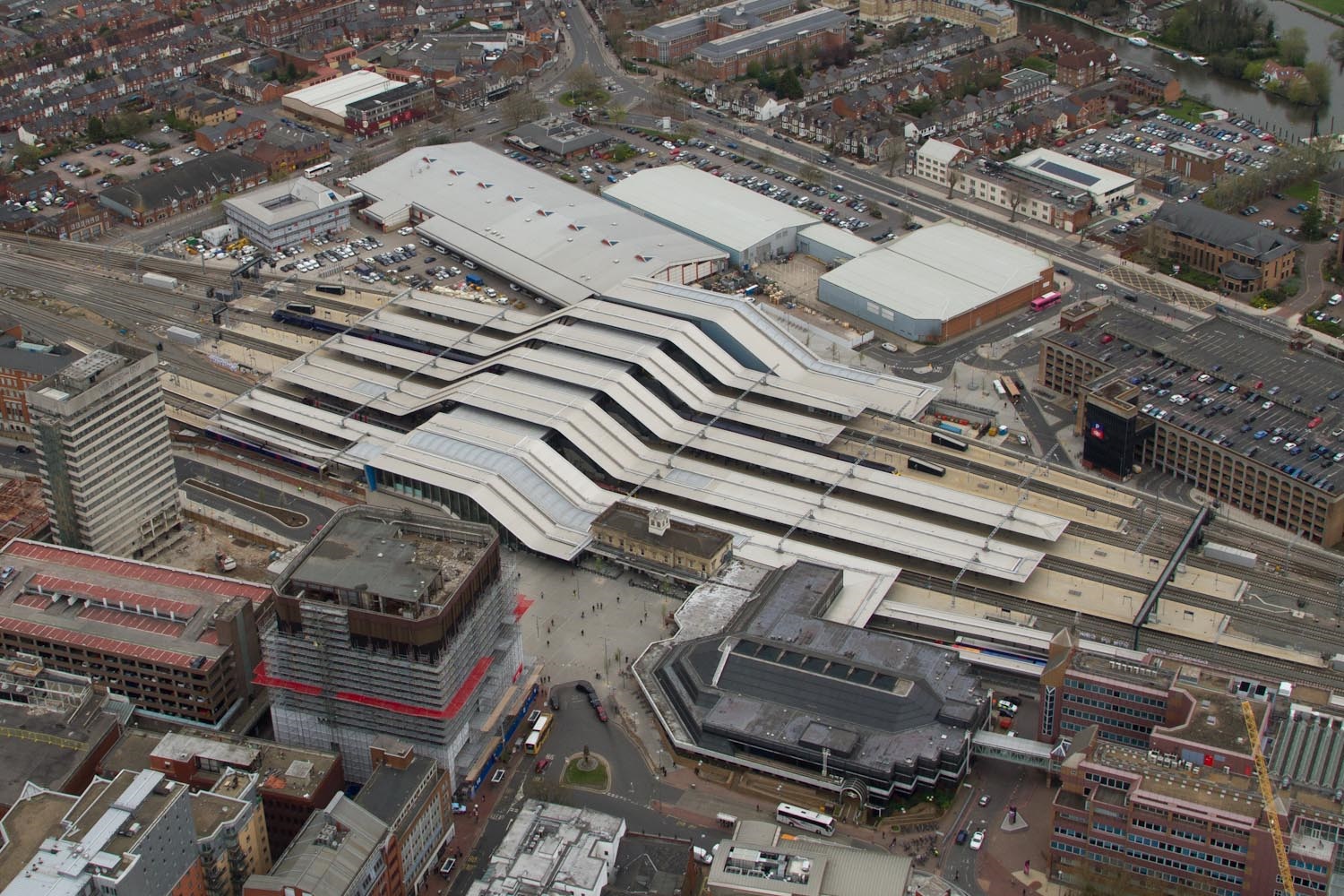
From a signalling perspective, there is only Stage Q left to do: final functionality. Garton said: “There are certain areas where we are taking the line speed up and for us to do that, from a signalling perspective, we have to make some changes to the four-foot equipment and changes to the data,” he said. “In the context of the previous stages it is a small project – there certainly won’t be 300 people working over the commissioning – but it gives FGW that final product. That should then enable them to run the most efficient and effective timetable – which is what it was all about in terms of removing the bottleneck.”
(Images: c. Network Rail and Rob Mashford)
The April/May 2015 edition of RTM is now available for FREE using the new RTM App, available on iOS and Android. Search ‘RTM Magazine’ in the App Store / Google Play.